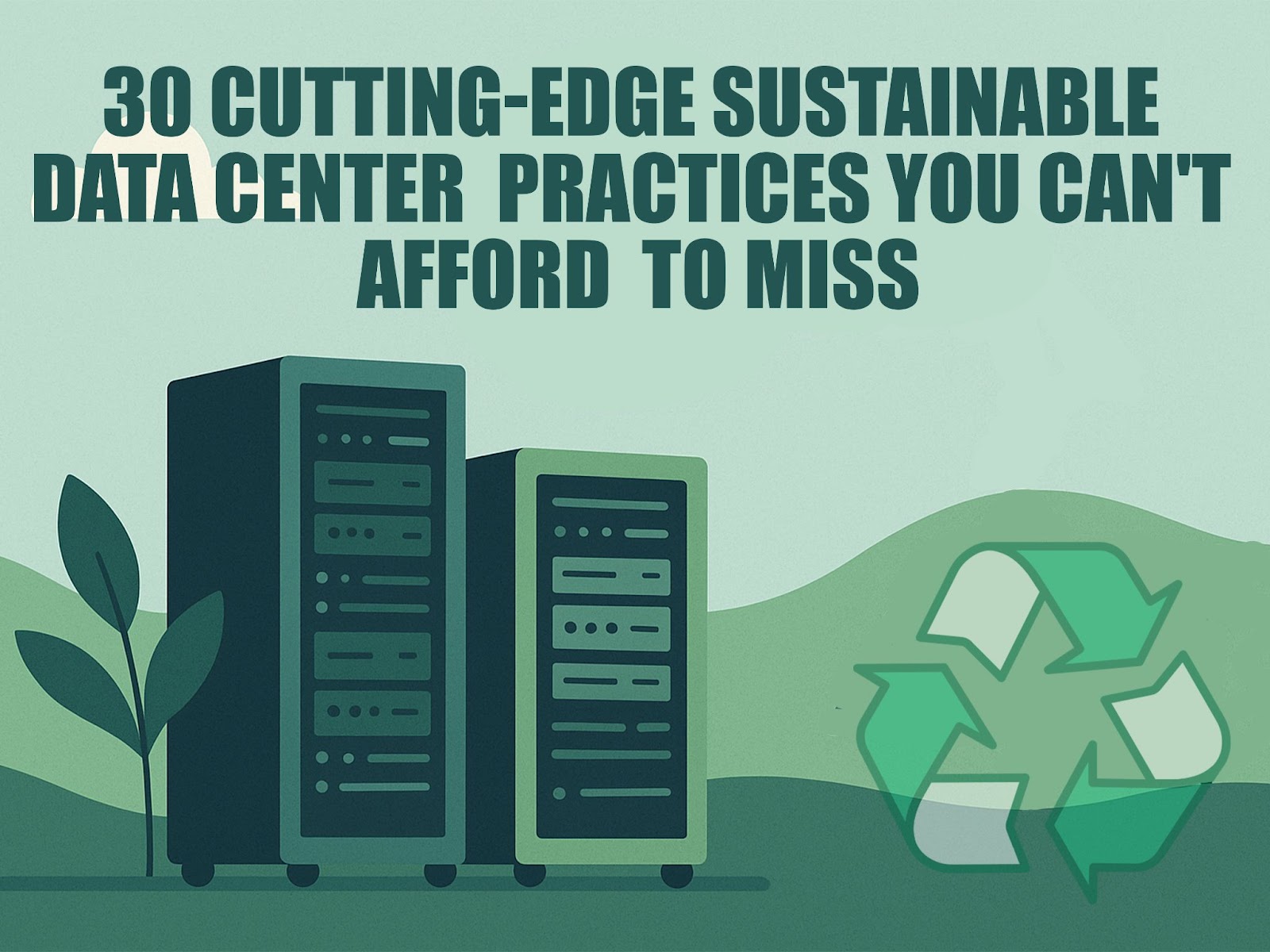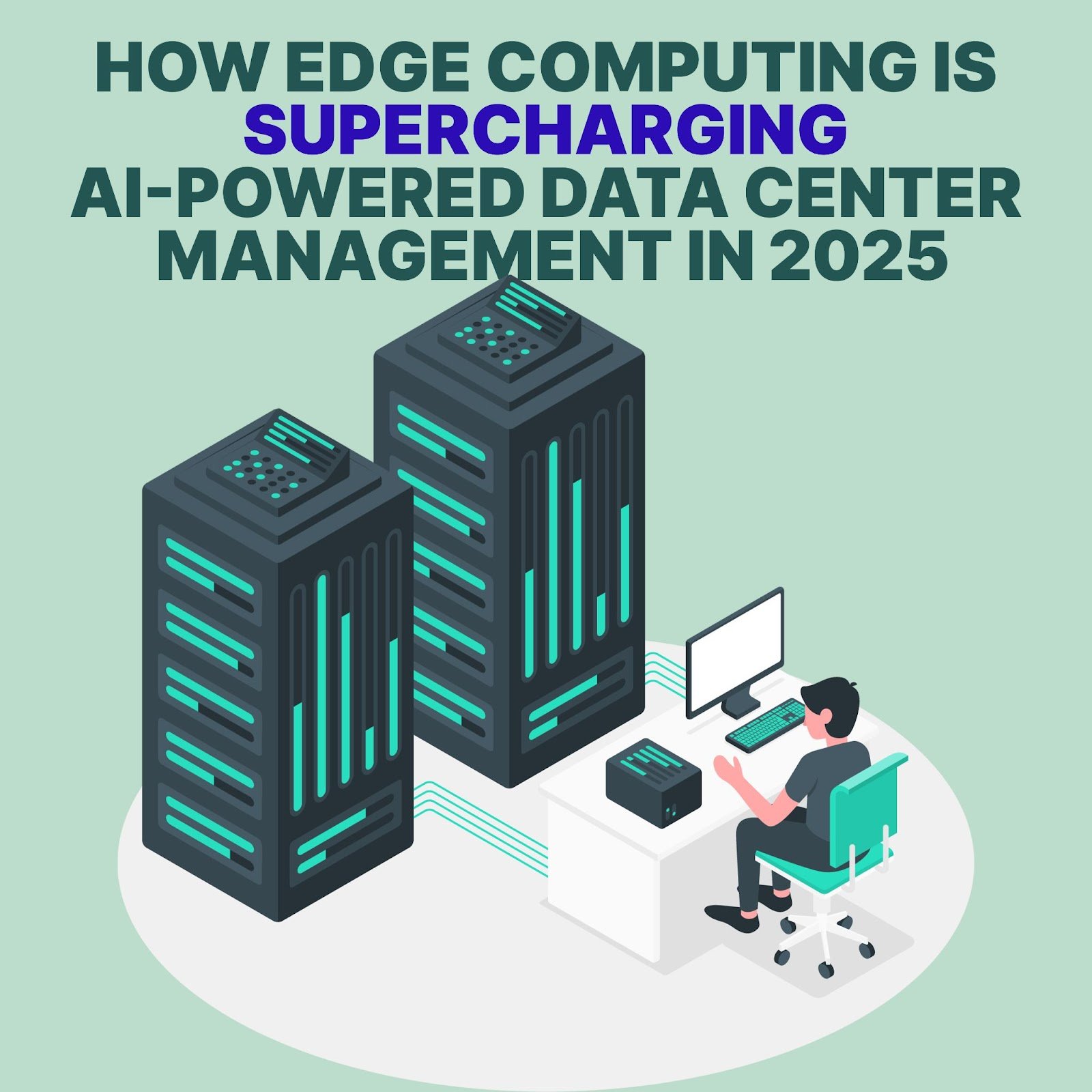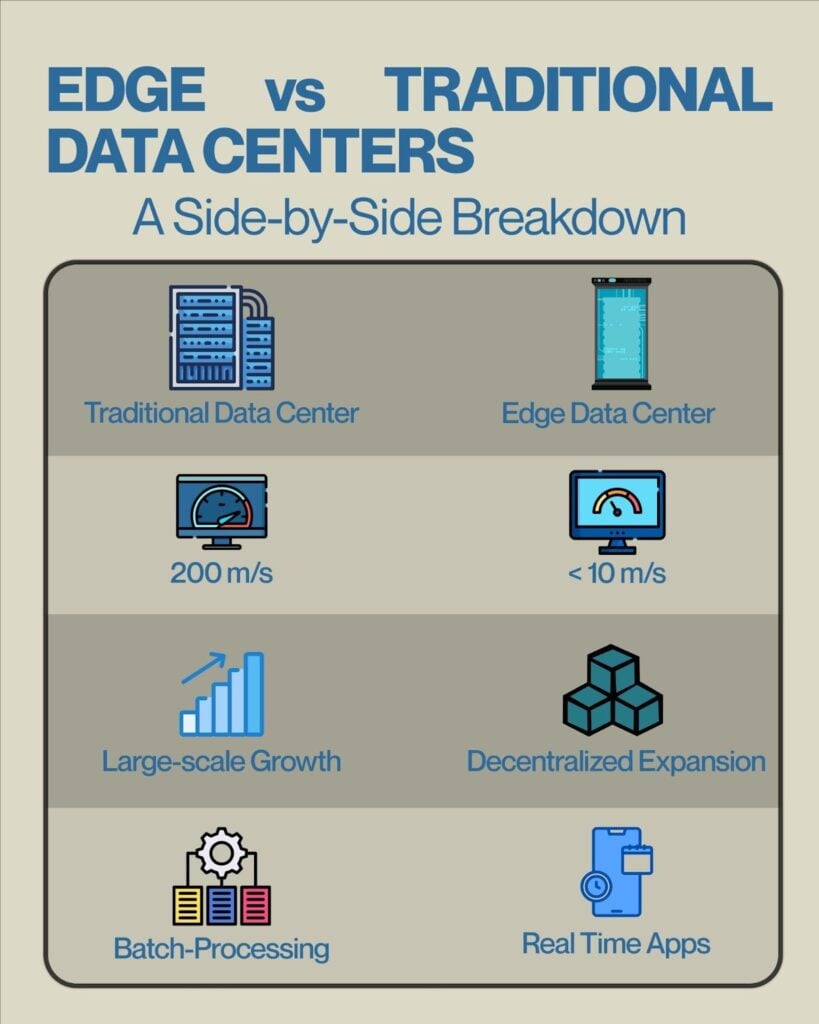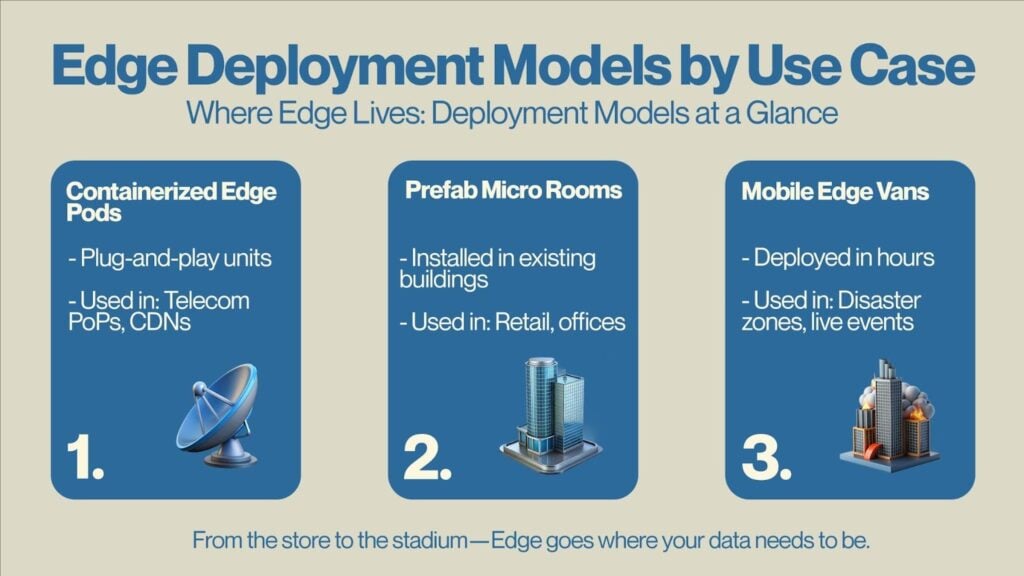Colocating your servers in a Johannesburg data center can transform IT headaches into streamlined operations. But many businesses hesitate: Is it too costly? Will it truly improve uptime?
Pain mounts when in-house setups fail—downtime cuts into revenue and customer trust. Rising energy bills and cramped server rooms only worsen the strain. Yet, the solution is closer than you think.
By choosing colocation Johannesburg, you gain access to enterprise-grade infrastructure—redundant power, advanced cooling, and 24/7 Johannesburg data center support. No more surprise outages, no more ballooning budgets.
Curious how colocation can slash your costs? Contact Reboot Monkey and let’s craft your perfect plan!
Struggling with spiraling IT expenses and unreliable infrastructure? You’re not alone. Many businesses find that building and maintaining an in-house data center drains both budget and resources.
Picture this: servers overheating, power outages halting operations, and your team scrambling at 2 AM. Every minute of unplanned downtime erodes revenue and customer trust. Meanwhile, skyrocketing energy bills bloat your P&L, and hiring specialized staff for every hardware hiccup adds yet another layer of cost and complexity.
The solution is clear: colocation Johannesburg. By housing your equipment in a purpose-built facility, you gain redundant power, advanced cooling, and 24/7 Johannesburg data center support—all without the capital expenditure of building your own center. Let experts handle the nitty-gritty while you focus on innovation and growth.
What You Need To Know About Smart Hands Services | Reboot Monkey
Introduction to Colocation in Johannesburg
Colocation allows businesses to rent space in a third-party data center, retaining ownership of their hardware while outsourcing critical infrastructure management. In Johannesburg, colocation providers deliver enterprise-grade environments designed to handle high-density deployments, ensuring your servers operate under ideal conditions.
When you colocate in Johannesburg, you benefit from:
- Purpose-built facilities: Data centers constructed with optimal airflow, robust structural integrity, and seismic considerations
- Scalable options: From a single U to private suites, you can adjust capacity as your needs grow
Beyond basic rack space and power, top providers include:
- Environmental monitoring: Real-time temperature, humidity, and airflow sensors to prevent hotspots
- Fire suppression: Pre-action dry-pipe or gas-based systems for rapid response without damaging equipment
Outsourcing to colocation Johannesburg transforms unpredictable capital expenditures—like replacing aged UPS units or expanding your on-site server room—into stable operational expenses. Contracts often allow month-to-month flexibility or multi-year commitments with volume discounts.
Moreover, colocation in Johannesburg supports hybrid architectures. With direct cloud on-ramps to AWS, Azure, and Google Cloud, you can host mission-critical workloads on-premises while bursting to the public cloud during peak demand. This hybrid approach optimizes costs and performance.
By leveraging a colocation facility, your internal teams free themselves from routine maintenance tasks—handling hardware failures, power management, and security protocols—so they can innovate, develop new services, and focus on strategic IT initiatives rather than firefighting.
Pro Tip: Choose a provider with transparent service level agreements (SLAs) and clear escalation paths. Verify uptime guarantees and mean-time-to-repair metrics before signing on.
Colocation Bogotá: The 2025 Insider Guide to Colombia’s Data Center Boom
Why Choose Johannesburg for Colocation?
Johannesburg stands as South Africa’s commercial and financial hub, contributing over 16% of the nation’s GDP. Its central location within the Southern African region ensures low-latency connectivity to neighboring markets, making it an ideal colocation destination for enterprises aiming to serve sub-Saharan Africa efficiently.
Strategic Advantages:
- Geographic hub: Central to major business districts and undersea cable landing stations
- Business ecosystem: Thriving communities of finance, manufacturing, and tech startups
Johannesburg’s power infrastructure combines national grid feeds from Eskom with robust backup systems. Leading facilities deploy dual independent substations, N+1 UPS arrays, and high-capacity diesel generators. Routine load tests validate failover capabilities, ensuring that power interruptions—whether due to grid issues or maintenance—do not impact your operations.
Connectivity
Connectivity options in Johannesburg are unparalleled in the region. Data centers interconnect with multiple carriers, offer carrier-neutral meet-me rooms, and peer at Johannesburg Internet Exchange (JINX). Enterprises can provision diverse fiber routes for geographic redundancy and establish direct connections to global clouds via AWS Direct Connect or Azure ExpressRoute.
| Feature | Benefit |
| Dual-Feed Power | 99.99%+ uptime, seamless failover |
| Carrier-Neutral Facilities | Multiple ISPs, reduced transit costs, low latency |
| Cloud On-Ramps | High-bandwidth links to AWS, Azure, Google Cloud |
Johannesburg data center developments prioritize efficiency and sustainability. Many facilities incorporate hot-aisle containment, liquid cooling loops, and energy management systems that track Power Usage Effectiveness (PUE). Some even integrate solar panels and rainwater harvesting to reduce environmental impact—aligning with corporate ESG objectives.
Whether you’re a fintech firm requiring microsecond-level trading performance or an e-commerce platform scaling for holiday peaks, colocation Johannesburg provides the infrastructure foundation to meet your SLA demands and performance targets.
Insight: By selecting Johannesburg for colocation, you tap into a strategic nexus of power reliability, network diversity, and a supportive business ecosystem.
Ready to cut costs and boost uptime? Contact Reboot Monkey and discover our tailored colocation Johannesburg solutions!
Benefits of Colocation in Johannesburg
Cost-Effective IT Solutions
Building an in-house data center entails hefty upfront costs: land acquisition, construction, electrical upgrades, and staffing. Colocation converts these CapEx burdens into predictable OpEx. Providers amortize infrastructure investments across clients, unlocking economies of scale you simply can’t achieve solo.
Key financial perks include:
- Lower total cost of ownership (TCO): Shared maintenance, bulk purchasing power, and optimized cooling reduce expenses
- Transparent billing: Fixed-rate rack and power fees plus metered bandwidth ensure no surprise charges
Security & Compliance
South African data protection regulations (POPIA) demand rigorous data handling procedures. Johannesburg colocation centers comply with global standards—ISO 27001, PCI DSS—and local laws. Physical security features include:
- Mantraps and biometric scanners at each entry point
- 24/7 CCTV monitoring and on-site security personnel
Logical security complements physical measures: next-generation firewalls, intrusion detection/prevention systems, and regular audits maintain a hardened environment against cyber threats.
Performance & Reliability
High availability is non-negotiable. Johannesburg colocation facilities deliver:
- 99.99%+ uptime SLAs: Multi-layer redundancy in power, cooling, and network
- Proactive maintenance: Scheduled firmware patches and hardware health checks
By leveraging Johannesburg data center support, businesses avoid costly downtime and preserve their reputation. Technical teams receive real-time alerts, and on-site engineers stand ready to resolve incidents within SLA timeframes.
Colocation Services in Johannesburg: What You Need to Know
Types of Colocation Services Offered
Data centers in Johannesburg cater to diverse requirements:
- Single Rack Units (1–10U): Ideal for small deployments and proof-of-concepts
- Half & Full Racks: Balanced capacity for growing businesses
- Private Cages & Suites: Dedicated spaces with customizable layouts and enhanced security
Full vs. Shared Colocation
| Option | Pros | Cons |
| Full Colocation | Exclusive power, physical separation, higher security | Higher cost and resource commitment |
| Shared Colocation | Lower cost, shared resources | Potential performance variability |
Providers also offer managed services, such as remote hands and smart hands—critical for businesses without local staff. Johannesburg remote hands services cover routine tasks (cable management, reboots), while smart hands colocation South Africa handles complex operations (OS installations, hardware diagnostics).
Note: Clarify response times and hourly rates for remote hands to avoid bill shock.
China built hundreds of AI Data Centers To Catch The AI Boom | Reboot Monkey
Johannesburg Data Center Support
Johannesburg data centers don’t just provide space and power; they offer comprehensive support services to ensure smooth operations. Most providers feature a 24/7 helpdesk staffed by certified engineers, ready to troubleshoot network issues, perform hardware replacements, or execute firmware updates. This constant vigilance minimizes disruption and keeps your infrastructure running at peak efficiency.
Core support offerings:
- Monitoring & Alerts: Real-time dashboards track hardware health, power consumption, and network latency
- On-Site Engineering: Skilled technicians execute pre-authorized tasks, from replacing failed drives to installing new blades
Crucially, service level agreements (SLAs) define guaranteed response and resolution times. Look for providers offering 15–30 minute initial response windows and defined escalation procedures. Regular maintenance windows, communicated in advance, allow for firmware upgrades and patch management with minimal impact.
By leveraging robust Johannesburg data center support, your IT team gains a strategic partner. Routine tasks are offloaded, freeing internal resources for higher-level projects—like developing new applications or optimizing service delivery.
Tip: Review SLA reports monthly to ensure your provider meets uptime and response benchmarks.
The Role of Remote Hands and Smart Hands Services in Johannesburg
Understanding Remote Hands and Smart Hands Services
Remote hands services provide basic on-site assistance: racking equipment, swapping cables, and power cycling devices. These tasks are crucial when your team can’t reach the data center quickly.
In contrast, smart hands colocation South Africa delivers advanced technical capabilities. Smart hands engineers can perform tasks such as operating system installations, hardware diagnostics, and network configurations under your direction.
Why They Matter for Johannesburg Colocation
Johannesburg’s geographic scale and traffic conditions can delay travel. Remote and smart hands services ensure that technical interventions occur within SLA windows, reducing downtime and travel costs. Dispatching local experts is faster and more cost-effective than flying in staff from other regions.
Benefits include:
- Reduced Travel Expenses: Pay per task instead of covering full relocation costs
- Faster Issue Resolution: Local presence means quicker on-site fixes
Note: Confirm hourly rates and minimum charge increments to budget accurately.
Choosing the Right Colocation Provider in Johannesburg
Selecting the ideal provider demands careful evaluation of key factors:
- Uptime SLAs: Seek 99.99%+ guarantees backed by financial penalties for missed targets
- Scalability: Ensure the ability to add rack space and power without lengthy lead times
Also consider:
- Certifications: ISO 27001, PCI DSS, and Industry Tier ratings
- Customer Reviews: Case studies and testimonials reveal real-world reliability
| Factor | What to Look For |
| SLA & Uptime | 99.99%+, clear penalty structure |
| Support Quality | 24/7 helpdesk, on-site engineers, rapid response |
| Flexibility | Month-to-month options, easy upgrades |
Shortlist multiple providers, request tours (virtual or in-person), and compare quotes. The right partner aligns with your technical requirements, growth plans, and budget.
Technical Considerations for Colocation Johannesburg
Network connectivity forms the backbone of any colocation solution. Johannesburg data centers offer:
- Carrier Diversity: Multiple fiber providers for redundancy
- Peering Opportunities: Direct peering at JINX for lower latency
Bandwidth packages range from basic 100 Mbps links to multi-gig connections. Consider burstable plans for variable traffic.
Power and cooling infrastructure are equally vital. Look for:
- Power Redundancy: N+1 or 2N configurations with UPS and generators
- Cooling Efficiency: CRAC units, hot-aisle containment, and free-air cooling where climate permits
Ensure the facility’s PUE is published—optimal centers approach 1.2 or lower. Verify maintenance schedules for generators and UPS systems to avoid surprise disruptions.
The Cost of Colocation Johannesburg
Colocation pricing typically includes three components:
- Rack Space: Measured in U or full racks
- Power: Billed per kW or per amperage level
- Bandwidth: Fixed or usage-based billing
| Cost Component | Typical Rate |
| Rack Space | $200–$500 per U/month |
| Power | $100–$200 per kW/month |
| Bandwidth | $0.10–$0.20 per GB or flat $500–$1,000 for 1 Gbps link |
To optimize costs:
- Right-Size Your Deployment: Don’t overprovision power or space
- Bundle Services: Combine remote hands hours with bandwidth packages for discounts
Multi-year agreements often yield 10–20% savings. Balance commitment length with flexibility to scale.
Security and Compliance Features of Colocation Johannesburg Centers
Data Security Measures
Physical and logical security converge in top-tier centers. Expect:
- Biometric Access & Mantraps: Prevent unauthorized entry
- 24/7 Surveillance: CCTV and security patrols
On the network side, features include next‑generation firewalls, IDS/IPS systems, and regular vulnerability assessments.
Compliance Standards
Johannesburg colocation providers adhere to:
- POPIA: South Africa’s data protection law
- ISO 27001 & PCI DSS: International standards for information security
Maintaining compliance requires regular audits, documented policies, and staff training. Choose partners who provide audit reports and certification copies willingly.
Colocation Johannesburg Disaster Recovery and Business Continuity
Disaster recovery and continuity planning are vital. Facilities support:
- Backup Power: Multiple generators and UPS layers
- Data Replication: Off-site or cross-site replication for critical systems
Working with your provider, map out recovery time objectives (RTOs) and recovery point objectives (RPOs). Define failover procedures, including DNS switching and network rerouting.
Remote and smart hands services bolster continuity by executing emergency tasks—booting backup systems or swapping failed hardware—without delay.
Tip: Conduct annual DR drills with your provider to test processes and identify gaps.
Future Trends in Colocation Johannesburg
Emerging Technologies
AI-driven facility management optimizes cooling and power usage in real-time, reducing PUE. IoT sensors enable granular environmental monitoring, alerting teams to anomalies before they escalate.
Blockchain for supply-chain tracking enhances hardware provenance, while edge computing nodes inside colocation sites accelerate real-time data processing for IoT and 5G applications.
Growth of Sustainable and Green Data Centers
Johannesburg’s colocation market embraces sustainability. Initiatives include:
- Solar Power Integration: On-site arrays supplement grid energy
- Rainwater Harvesting: Reduces reliance on municipal water for cooling
Green credentials not only reduce carbon footprints but also align with corporate ESG mandates—appealing to investors and clients alike.
Conclusion: Why Colocation in Johannesburg Is a Smart Business Decision
Choosing colocation Johannesburg unlocks a trifecta of cost savings, top-tier security, and expert support. From affordable colocation Johannesburg plans to round‑the‑clock Johannesburg data center support, you gain a strategic IT foundation.
Make the move today—partner with a reputable provider, streamline your operations, and propel your business forward without the headaches of an in-house data center.
Ready to transform your IT strategy? Contact Reboot Monkey now and secure your spot in Johannesburg’s leading colocation facilities!
Frequently Asked Questions
What is colocation in Johannesburg, and how does it benefit my business?
Colocation Johannesburg refers to renting space in a Johannesburg-based data center for your servers and network equipment. It benefits your business by providing redundant power, advanced cooling, and 24/7 technical support without the capital costs of building your own facility.
How secure is colocation in Johannesburg compared to in-house data centers?
Colocation Johannesburg facilities use multi-layer security, including biometric access controls, 24/7 CCTV, and compliance with ISO 27001 and POPIA. This typically exceeds the security measures most businesses can implement on their own.
Can colocation in Johannesburg reduce my IT costs?
Yes. Colocation Johannesburg converts large capital expenditures into predictable operational expenses, offers economies of scale, and includes shared infrastructure, lowering your total cost of ownership compared to an in-house data center.
What support services are available with colocation in Johannesburg?
Providers offer comprehensive Johannesburg data center support, including 24/7 monitoring, on-site remote hands for basic tasks, and smart hands colocation in South Africa for advanced technical assistance, ensuring rapid issue resolution.
5: How do I choose the right colocation provider?
Evaluate providers based on uptime SLAs (99.99%+), scalability options, support quality, and certifications like ISO 27001. Compare pricing, read customer reviews, and tour facilities to select the best fit for your needs.

 HANDLE THE HASSLE
HANDLE THE HASSLE






